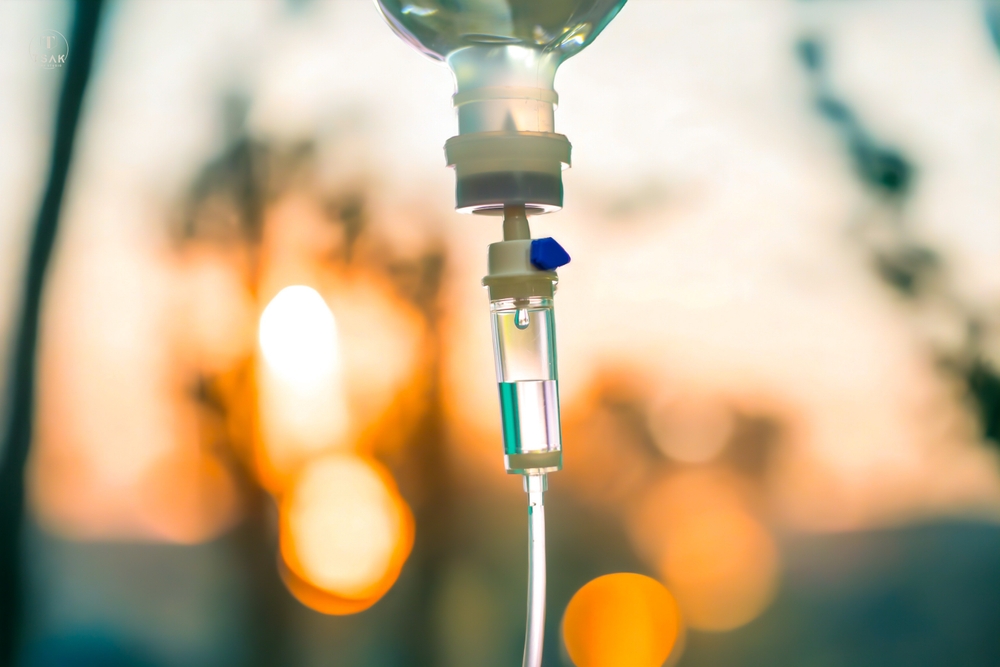Therapeutic Activities to do During Chemotherapy

Chemotherapy can be a challenging journey, both physically and emotionally. The treatment often involves extended periods of sitting in clinics or hospitals, which can leave patients feeling drained and disconnected. However, incorporating therapeutic activities during chemotherapy can make the process more manageable, help pass the time, and promote mental and emotional well-being. From creative outlets to mindfulness practices, these activities offer a sense of comfort and empowerment during treatment.
Why Therapeutic Activities Matter During Chemotherapy
Chemotherapy brings with it a range of side effects, including fatigue, stress, and emotional exhaustion. Patients often find themselves navigating long hours at treatment centers, which can amplify feelings of boredom or anxiety. Therapeutic activities serve as a valuable tool to cope with these challenges:
- Reduce Stress: Engaging in calming and creative activities can lower cortisol levels and help ease anxiety.
- Pass the Time Productively: Activities provide a distraction during treatment sessions, making them feel shorter and less taxing.
- Promote Emotional Healing: Expressing emotions through art, writing, or mindfulness fosters emotional clarity and relief.
- Improve Physical Well-being: Gentle movement and breathing techniques help counteract fatigue and muscle stiffness.
By incorporating meaningful activities into chemotherapy sessions, patients can transform idle hours into opportunities for healing and self-care.
Creative Activities to Explore During Chemotherapy
Drawing, Coloring, and Painting
Art can be a powerful way to express emotions that might feel overwhelming or difficult to verbalize. It provides an outlet for creativity, whether or not you consider yourself an artist. Coloring books for adults have gained popularity due to their meditative benefits, and they are easy to carry during chemotherapy sessions. You can also try:
- Sketching with pencils or pens.
- Watercolor painting for a soothing experience.
- Using apps like Procreate or online tools for digital art.
Engaging in art encourages mindfulness, reduces stress, and leaves you with a tangible representation of your creativity.
Knitting, Crocheting, or Embroidery
Handcrafts like knitting, crocheting, and embroidery are therapeutic and require minimal tools, making them perfect for chemotherapy sessions. These activities allow you to focus on repetitive motions, which can calm the mind and help pass the time productively. You can create meaningful items such as:
- Scarves, hats, or blankets for yourself or loved ones.
- Embroidered designs on fabric or clothing.
- Small handmade gifts for family or friends.
Not only does crafting keep your hands and mind occupied, but it also brings a sense of accomplishment with every finished project.
Journaling or Creative Writing
Writing can be a cathartic activity during chemotherapy, offering an opportunity to reflect on your experiences, express emotions, and find meaning in your journey. You can try different forms of writing, such as:
- Journaling: Documenting your thoughts, feelings, and daily experiences can help you process emotions and track your progress.
- Creative Writing: Write short stories, poetry, or even letters to yourself.
- Gratitude Journaling: Focusing on small moments of joy or gratitude can shift your mindset and boost positivity.
Journaling doesn’t require much equipment, just a notebook and pen, making it easy to carry wherever you go.
Mindfulness and Relaxation Activities
Guided Meditation
Mindfulness and meditation have been shown to reduce stress, improve focus, and promote relaxation—all of which can be incredibly beneficial during chemotherapy. Many mobile apps offer guided meditations tailored to specific needs, such as calming anxiety or promoting deep breathing. Some popular options include:
- Headspace or Calm: These apps provide short meditations that can be practiced during treatment.
- Body Scan Meditations: Focus on different parts of the body to release tension and discomfort.
- Breathwork Techniques: Simple breathing exercises like inhaling for four counts, holding for four, and exhaling for four can promote calmness.
Meditation encourages patients to remain present, helping alleviate worry about treatment outcomes or side effects.
Listening to Music or Podcasts
Music can have a soothing and uplifting effect, making it an excellent companion during chemotherapy. Create playlists of songs that bring you comfort, relaxation, or motivation. Alternatively, explore podcasts on topics of interest, such as:
- Personal development and wellness.
- True stories or interviews with inspiring individuals.
- Relaxation-focused audio, including soundscapes or guided affirmations.
Listening to music or podcasts allows you to engage with something positive while distracting yourself from discomfort.
Aromatherapy and Breathing Exercises
If permitted by your treatment center, incorporating aromatherapy can enhance relaxation. Essential oils like lavender, chamomile, or peppermint can help alleviate nausea, calm nerves, and boost overall well-being. Pair aromatherapy with simple breathing techniques to deepen relaxation:
- Box Breathing: Inhale, hold, exhale, and pause for equal counts.
- Diaphragmatic Breathing: Focus on deep, slow breaths that expand your belly rather than your chest.
Aromatherapy roll-ons or inhalers are portable and easy to use during sessions.
Physical and Gentle Movement Activities
Chair Yoga and Stretching
Fatigue and muscle stiffness are common side effects of chemotherapy. Gentle movement, like chair yoga, can improve circulation, flexibility, and energy levels without overexerting yourself. A few simple stretches to try during treatment include:
- Neck rolls to relieve tension in the shoulders.
- Seated spinal twists to stretch the back and improve posture.
- Gentle arm and wrist stretches to reduce stiffness.
You can follow chair yoga tutorials on YouTube or use wellness apps for easy-to-follow routines.
Hand Exercises for Mobility
For patients experiencing neuropathy or weakness in the hands, simple hand exercises can help improve mobility and prevent stiffness. Try these movements:
- Squeezing a stress ball or therapy putty.
- Opening and closing the fingers in slow, deliberate motions.
- Rotating your wrists and wiggling your fingers.
These exercises are easy to incorporate while sitting in a treatment chair and can provide both physical and mental stimulation.
Social and Connection Activities
Talking to Family or Friends
Connecting with loved ones, even during chemotherapy, can make the process feel less isolating. Whether in person, through phone calls, or video chats, sharing your thoughts and feelings with supportive individuals can provide comfort and encouragement. Plan for:
- Conversations about uplifting or lighthearted topics.
- Sharing funny stories or memories.
- Simple companionship, where words aren’t even necessary.
A support system is vital during treatment, so don’t hesitate to reach out for connection when you need it.
Joining a Support Group
Joining a chemotherapy or cancer support group—whether in person or online—can provide a safe space to share experiences, gain advice, and feel understood by others going through similar journeys. Many groups host virtual sessions where participants can engage in:
- Open discussions and sharing.
- Group activities like journaling, games, or guided meditations.
- Educational talks from healthcare professionals.
Feeling connected to a community can make the process feel less overwhelming.
Conclusion
Undergoing chemotherapy can be physically and emotionally challenging, but therapeutic activities can play a significant role in improving your overall experience. Whether you enjoy creating art, practicing mindfulness, engaging in gentle movement, or connecting with others, these activities help reduce stress, promote relaxation, and offer a sense of purpose. By incorporating small yet meaningful moments of self-care, patients can reclaim a sense of control and comfort throughout their treatment journey.
If you or a loved one are undergoing chemotherapy, consider exploring these activities to support emotional and mental well-being—one creative or calming moment at a time.
 Rohit Kapoor, MD
Rohit Kapoor, MD